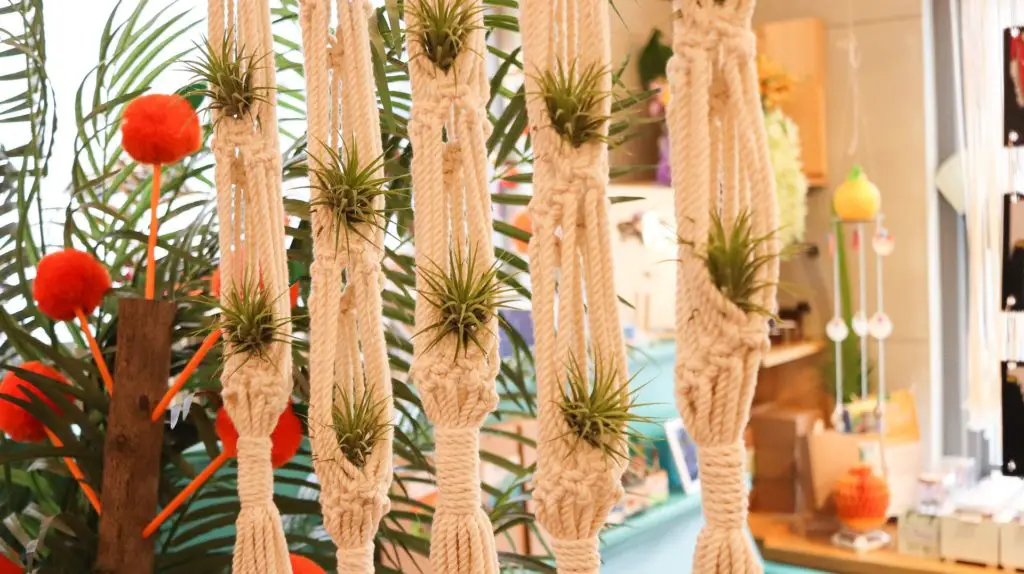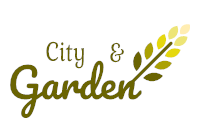Air plants are among the easiest house plants to grow and to take care of, it is good a
This unique plants native to Mexico and south eastern united states, there is around 650 types of air plants, what is unique and interesting about it, is that they don’t need soil to grow, they absorb their nutrients from air and water through their leafs surface, however they still have roots, at the end it is plant, but the roots serve as plant anchor that attached itself with other object, in their native environment you will see air plant rooting itself either on rockets, forest trees, bushes or mountains,
(the forests and mountains of northern Mexico and south eastern united states) although Tillandsia do not get any nutrition from host plant.

The uniqueness of air plants and their connivance to be placed almost anywhere gives you the privilege to use your creativity to place them in places for decoration, but in order to do so, you have to know how to treat them the right way.
Caring for air plants
Once you received your new air plants give them refreshing bath for 30 minutes by socking them in bowl of water, use water that in moderate temperature (room temperature), after the 30 minutes of socking pick them out of the bowl, and let them dry out completely, make sure that there is no remaining water trapped inside that plant, because this can kill your plant, Simply turn it upside down and gently shake it to free out any trapped water, after doing so place your air plant in its new host, you can go creative here and use your imagination to come up with decorative ideas for its host, you can use container, vase, wall hanging baskets or whatever you see fit with your overall place decoration.
Lighting
Air plants need indirect sunlight. If you are planning to place them outdoors, make sure to put them in shady spot with indirect sunlight , in other hand if you will put them indoor make sure they are not getting direct sun, direct sunlight can burn your plant, don’t put them too close to window as window class heat can burn your plant also, windows that faces east, west or south are the optimal spots, and it is ok to use artificial light, just don’t forget to turn off the light for 12 hours per day it needs to sleep too as all living beings do.
Watering
You water air plants by socking them in bowl of water for an hour to overnight according to the special need of your plant, then take them out and turn it upside down with gentle shake to allow any tapped water to drain, it’s essential to allow your plant to dry out completely before you place it in its container.
General speaking air plants needs 1 to 2 times socking every two weeks, the frequency of watering depends on several factors, understanding those factors will make you schedule the watering in accordance with your plant special needs.
The factors are :
A. The climate
The more dryer the climate which the air plant in, the more you should water your plant, in dryer weather sock it once every week, and keep notes to know if it is enough or not, if you notice the plant leaves starting to curl its sign of under watering, just give your plants more frequent watering and it will be ok! When the climate is cooler, darker and damp water it less frequently, once every two weeks is a good schedule in this case, but what is more important is to keep your notes to know the optimal watering schedule that suits your environment and climate conditions.
B. The type and nature of air plant
The type of your air plant is also is one of the factors that determine how often you should sock your plant; the softer and greener air plant leaves will need more watering and light than the one with gray leaves.
C. The size of the air plant
Another factor to consider is the size of your plant, air plants varieties that are larger needs more frequent watering, and vice versa.
Use the right water for air plants
One of the roles of soil is to prevent excessive salt to get into the plant, but this advantage does not available for air plants, since they grow without soil, so it is important to not use artificially softened water because it contains a lot of salt, and it may kill your plant.
Also don’t use distilled water for watering air plants because it lakes many nutrients that air plants needs, instead use tap water.
Ventilation
As its name indicates, air plants need air circulation, air is the second source of nutrition for air plants besides water and its allow the plant to dry out completely between each sock, make sure your plants gets proper air circulation wherever they are, if your plants based indoor it is good to move them outdoor occasionally to get fresh air.
Tillandsia fertilization
Usually air plants do not need fertilization, since you give them enough filtered sun light, watering them properly and there is good air circulation around them, but fertilization can speed up the reproduction of the babes and increase the intensity of the blooming, if you decided to fertilize your plant anyway just use ¼ the fertilizer strength.
Air plants blooms
A lot of people start to send air plants as gifts instead of flowers, it is pleasing experience when you witness the air plans blooming with all that variety of colors in one plant, this intense bloom colors usually last 2 to 3 weeks, but there is other tillandsia varieties their blooms can last around 2 to 3 months, I think it is the main reason why people start to shift to air plants instead of traditional flowers, because it is lasts longer with less care.
We recommend that you move your air plants into spots that more exposed to light when they start to bloom, this will make their colors more intense and vibrant. Air plant blooms is sign of healthy plant, it tells you that your plant is strong and healthy.
In case your plant didn’t bloom after one year, this means your plant not that strong to bloom, and it call for help, usually not getting enough air, water and light.
Air plants pup (babes)
After the blooming season new tiny air plants pups will emerge either from the base or the center of the flowering. One air plant can produce more than one pup after each blooming season.
You have the choice either to let the new babes grow alongside with their mother, which will make your plant look more bushy or you can separate the pups from their mother by holding the pup base with one hand and griping the mother base with the other hand and tugging apart with gentle twist, but before you separate the pup from its mother make sure that the pup reached half the mother size.
Separating the pups from their mother allow the mother to live longer.

